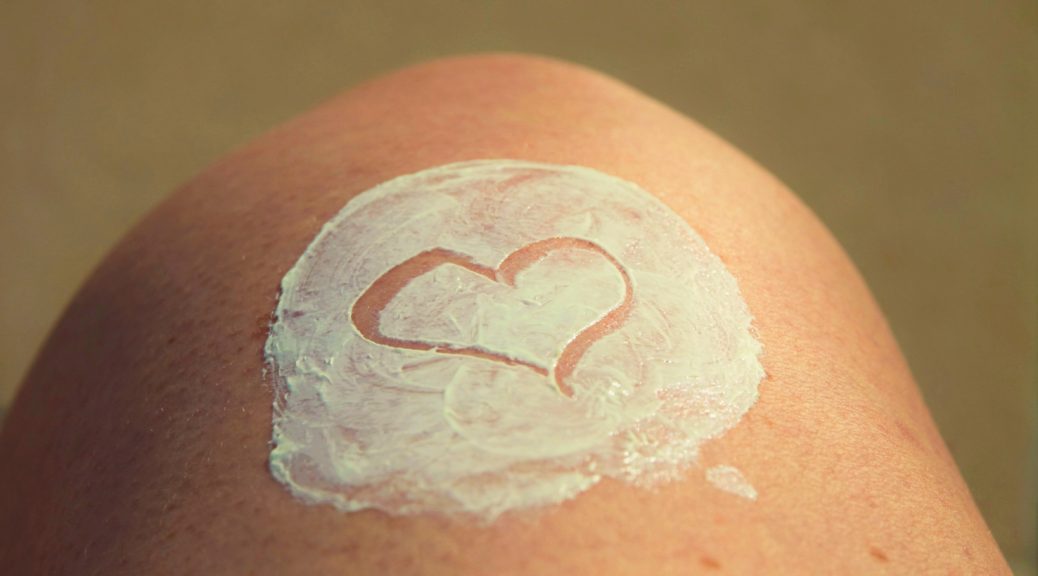
Skin Cancer Prevention Messages on Facebook
Social media use among American adults has grown over the years – from just 5-in-10 in 2011 to seven-in-ten in 2018 – and reasons for using social media range from connecting with others to accessing news content to sharing information.1 With skin cancer still the most common among all cancers,2 it seems logical to use social media to promote and spread skin cancer prevention awareness. But is it effective?
In a recently published article in the Journal of the American Academy of Dermatology, KB’s Dr. Barbara Walkosz and Rachel Eye, along with other collaborators, aimed to review and classify skin cancer prevention messages from non-profit organizations on Facebook to determine which types garnered high engagement, such as likes, comments, and shares. Messages were identified using the following keywords: “skin cancer prevention,” “melanoma,” “melanoma prevention,” and “sun safety.” From May 2014 to May 2015, Facebook pages of 24 skin cancer groups’ and their 824 Facebook messages were coded for the following content: message format (narrative or didactic), motivation (skin cancer risk or appearance), persuasive appeal (social norm, fear, humor, altruism, celebrity story), behavioral target (sunscreen, hats, shade, avoid sunburn, indoor or outdoor tanning, skin exams), imagery, image content, and hyperlink. Engagement and frequency of message types were also determined.
Authors found that the majority of messages were didactic and focused on skin cancer occurrence and type but note that these approaches are not always effective in producing behavior change. Furthermore, the top three behavioral targets addressed were skin exams, indoor and outdoor tanning, and sunscreen use. Messages that were more didactic, appearance-based, myth-busting, used celebrity endorsements, and targeted self-exams received the most engagement. Messages without images received a higher rate of likes, shares and comments compared with messages that included images.
Limitations of the study include the inability to determine if those following the pages studied are representative of populations at risk for skin cancer and the potential of missed messages based on the keywords used for inclusion criteria. Authors state that collaborations between health institutes and researchers could identify characteristics of messages that are both effective for behavior change and produce high engagement rates in order to have the greatest impact on skin cancer prevention.
References
- Social media fact sheet. Pew Research Center Web site. Available at: http://www.pewinternet.org/fact-sheet/social-media/. Published February 5, 2018. Accessed April 24, 2018.
- Key statistics for melanoma skin cancer. American Cancer Society Web site. Available at: https://www.cancer.org/cancer/melanoma-skin-cancer/about/key-statistics.html. Updated January 4, 2018. Accessed April 24, 2018.